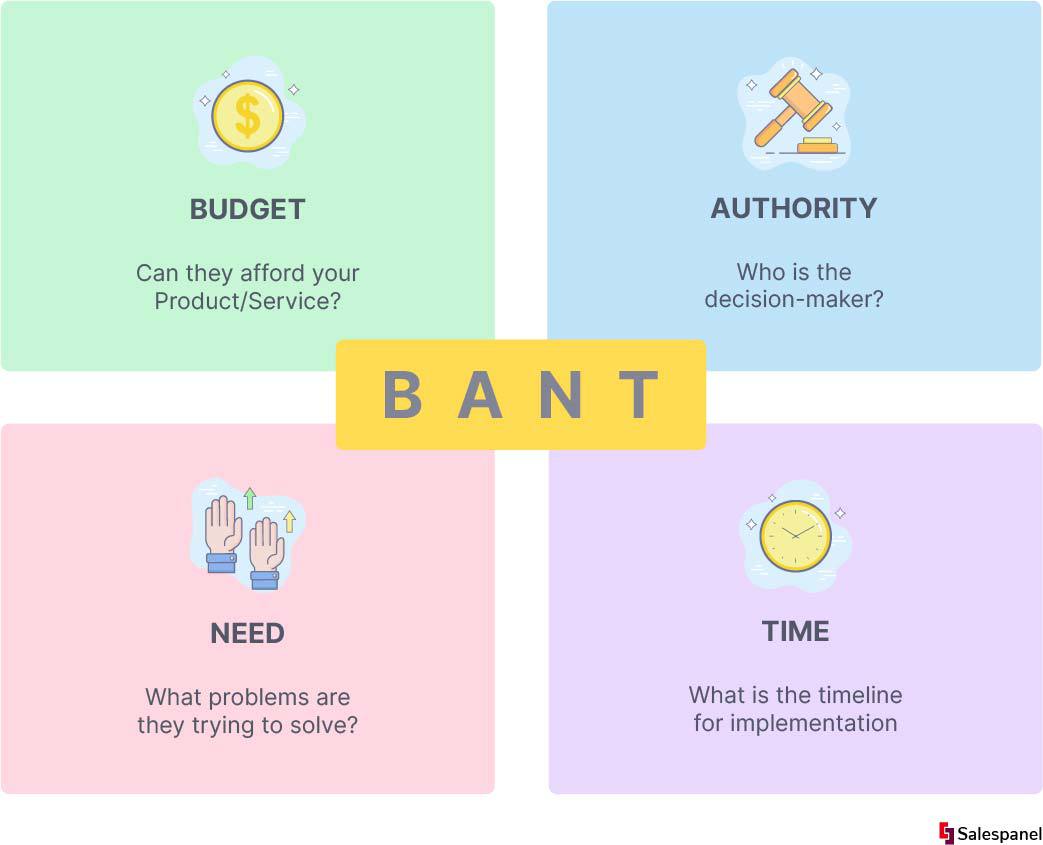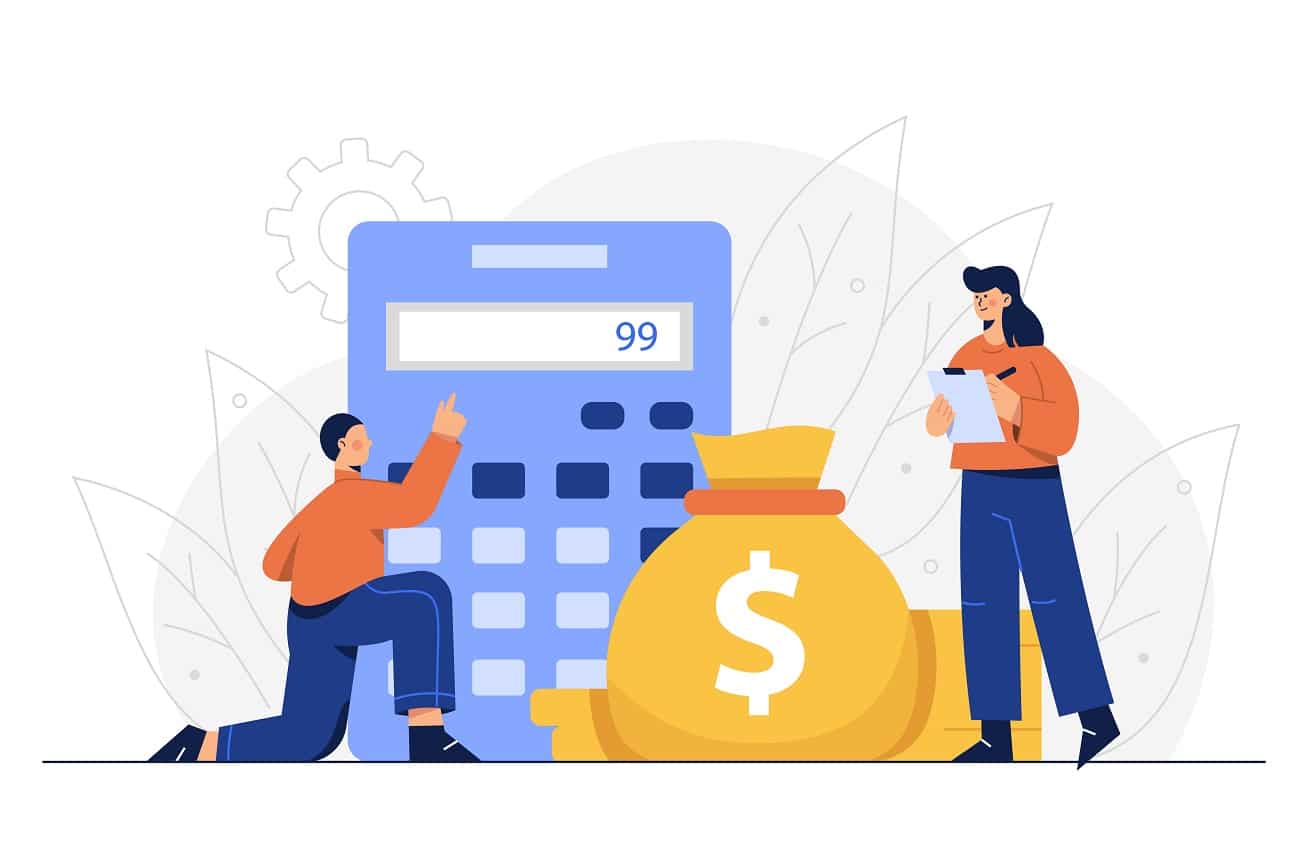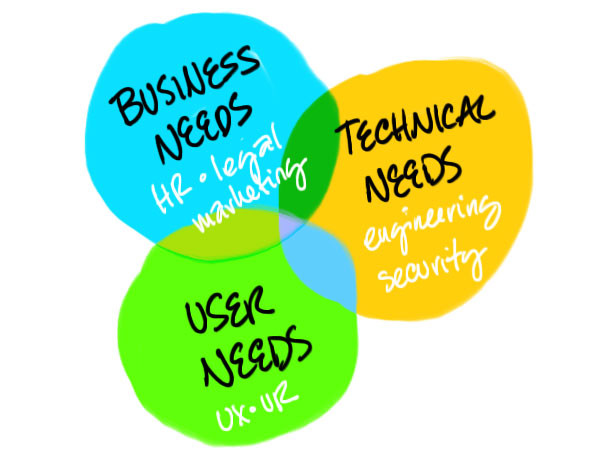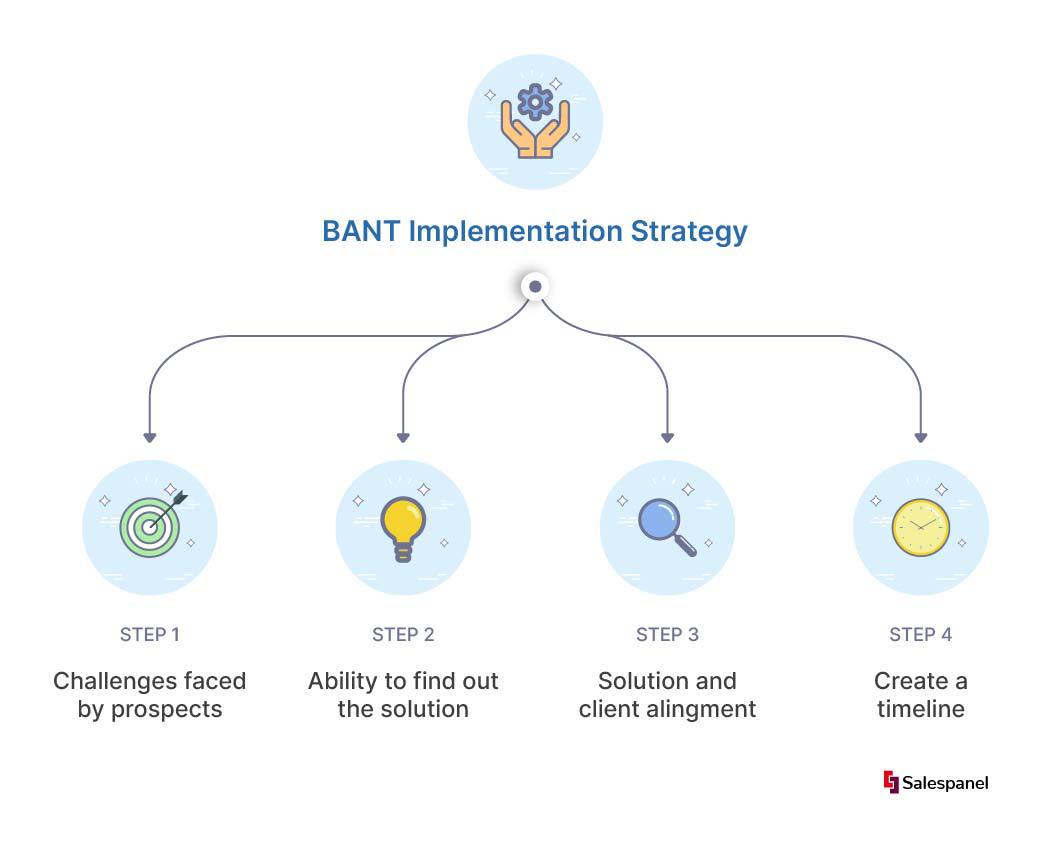How Does The BANT Sales Strategy Work? How Can You Implement it?
Lead generation is one of the most important parts of any selling model, but companies now reading global audiences easily, a need for qualifying leads has come to the forefront.
Logically speaking, there is no point merely generating a ton of leads that are not ready to purchase just yet, or are not going to make a purchase from your company in the near future.
It all comes down to picking out carefully those leads that do, at a time and value that yields visible benefits for your business. This means that, as a marketer, you need to decide whether a particular lead is worth pursuing and investing time and money in, considering the direct revenue that the same lead is likely to bring in for your company.
This is where the process of sales lead qualification finds its place. It enables marketers to assess the quality of leads being generated and ensures that the entire team invests its time and resources only in the most efficient and effective manner.
Now companies use several different strategies to qualify leads for their team.
Here we’re discussing one of the best, proven effective, age-old, and classic strategies in the category – the BANT sales strategy. It uses sensible and logical elements to analyze and evaluate each lead and allows sales teams to optimize their efforts.
Let’s start with what it is at a basic level.

What is BANT?
BANT is essentially an acronym that stands for the four elements it considers to qualify leads – Budget, Authority, Need, and Timeline. After careful deliberation, it was originally used by IBM, having realized that it is these four categories that help determine the ultimate potential of a particular lead.
According to this strategy, you need very specific and comprehensive data to answer a slew of questions that best assess the quality.
Here’s what each element entails.
Budget
One of the first and most basic criteria that help assess whether or not a lead is worth pursuing is, of course, the budget. In simple terms, does the lead in question have the budget or the money to purchase your product or service?
At a basic level, no matter how easy-to-fulfill their requirements are and no matter how big an opportunity they offer to expand your skill-set, if their budgetary stipulations do not align with your company goals and sales objectives, there is absolutely no point pursuing the lead. It means they are not likely to bring in the revenue that you expect for your company, and they will most likely need a higher amount of investment in terms of work and resources than the revenue. Clearly, it proves unworthy of your efforts, especially in the long term.

The next element to consider when assessing the quality of a lead is the authority factor, that is, does the current point of contact have the authority to make purchase decisions for the company.
Statistics suggest that the average business has around six to eight persons involved in their purchase decision-making process. This means that their purchase process is longer and requires more deliberation from the part of the marketer.
Hence, the questions you need to ask here are; does the person have an influence on the final purchase decision? Would they need to consult with others before converting? If so, how many people would you need to convince?
The ultimate objective here is to decide whether or not to spend time talking to someone in an effort to induce a purchase. If they do not have the power to make important decisions, then there’s clearly no point in spending much time with them.

Need
The challenges faced by the lead and their corresponding needs and requirements are undoubtedly important factors to consider as well. You need to identify these problems clearly and determine if you can resolve them. For the same reason, you need to analyze the issues at a deeper level and see whether your product or service capabilities align with the requirements objectively. You also need to determine the severity of the problems. If the challenge is not pressing enough for the lead to take immediate action, they may not be motivated enough to make a purchase decision soon enough. This naturally translates to more effort and time on the part of sales reps to effect conversion.

Image Source: modernanalyst.com
Timeline
Last but not least, you need to consider the timeline for the lead to actually buy from you. Here the only questions you need to ask are; when is your prospect planning to buy? Is their timeline realistic enough for you to carry the project forward?
These questions will help you prioritize your leads and decide which ones to address first. Tighter timelines such as three or four months will naturally require immediate attention, while at the same time, a longer timeline provides room to be addressed at a later stage. This does not mean that the lead should be discarded; it merely calls for a change in approach and strategy.
On the flip side, a timeline that is unrealistically tight is a clear indication that the lead is not right for you. You need to consider your manpower and technological resources to determine whether the intended solution can be developed within the required time frame.
Now that we know what each element in the BANT sales strategy entails, here’s how you can implement it for your business.

Image Source: modernanalyst.com
Implementing the BANT strategy
To incorporate the BANT strategy for your business, you need to screen each of your leads using the four elements to determine the quality. Depending on your business model, the type of business, and your industry, you can decide how many out of the four criteria you need to be fulfilled. Ideally, your lead can be considered qualified if they meet at least three of the four criteria. However, certain elements like a restricted budget or a tight timeline can be deal-breakers, in which case you can outrightly declare the lead unqualified.

Step 1
The first step is to determine the exact challenges faced by the prospect and to analyze whether your product or service can practically solve the problems in a feasible way. Figure out the pain points objectively and develop a plan with which to implement your solution in the most efficient way. If you feel there are areas that your solution cannot solve for your prospect, you can communicate the same and discuss whether you can work around it. If there are absolutely no workarounds possible, you can consider the lead unqualified.
Step 2
If you’ve decided that you can indeed solve your prospect’s issues with what you offer, you can consider the next element in the BANT criteria – the budget. Being straightforward is the best way to screen this aspect. Hence you can simply ask questions about the budget that they have allotted for the project. If you find that the budget is too limited for the proposed project, compared to the amount of work and resources required, you can ask if the budget is flexible at all. If not, you can consider the lead unqualified.
Step 3
If you find that the prospective client aligns with your business both in terms of the need and the budget, the next step, as part of the BANT sales strategy, is to find out if the point of contact has authority to make the purchase decision. You can ask questions like “Is there anyone else that we need to discuss with?” or “Are there more people in your team?” etc., to determine whether the person has decision-making capacity. You can also ask something like “How do we proceed from here?” or “How does the buying process in your organization work?” to get a better grip of the journey. If you find that there are more people involved or that the person in contact is not eligible to make the final purchase decision, you can make efforts to get in touch with the right person. A salesperson must make a distinction between the purchaser and the user. If the actual user of the product or service is happy with the solution you provide, they will put a good impression on the purchase. In other words, they will become advocates of your solution. At the same time, one should not forget that without the final decision maker deal cannot happen.
Step 4
The last thing to consider is the timeline. This could turn out to be a deal-breaker if the timeline is too tight or too long; on the contrary. If you do not have the resources to finish the project within the required time frame, you can consider the lead unqualified. However, you can always discuss and negotiate the timeline to see if there is any leeway. One should always ask when they can follow up in such cases. The timeline varies from business to business. For example, enterprise-level organizations move slowly but once onboard, the retention is way higher than other types of businesses. So the definition of timeline will also depend on the ideal customer profile of your product/service.
Conclusion
To effectively implement the BANT strategy and attain high-quality leads for your business, you can consider using lead scoring. On top of asking questions and determining the eligibility manually, you can also score your leads based on their profile and behavioral attributes and carry out relevant marketing campaigns to keep them engaged and interested. A lead scoring system gradually qualifies your leads as they progress through the buying funnel.
Salespanel, for example, offers a top-notch lead scoring system as part of its comprehensive marketing solution. It comes with an intelligent and logically programmed scoring mechanism with which you can prioritize leads that are more likely to buy and also lets you create your own rules. You also get to segment your leads based on the scores and launch relevant campaigns for each.
A BANT qualification strategy can be combined with other qualification strategies to ensure that you spend your time and effort only on leads that are likely to purchase.
Sell more, understand your customers’ journey for free!
Sales and Marketing teams spend millions of dollars to bring visitors to your website. But do you track your customer’s journey? Do you know who buys and why?
Around 8% of your website traffic will sign up on your lead forms. What happens to the other 92% of your traffic? Can you identify your visiting accounts? Can you engage and retarget your qualified visitors even if they are not identified?


